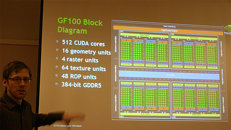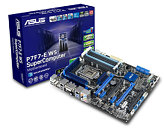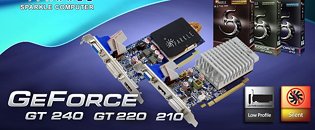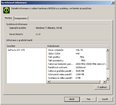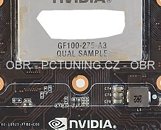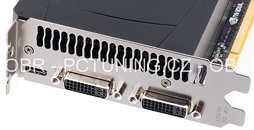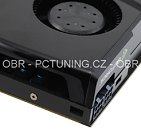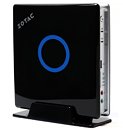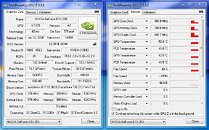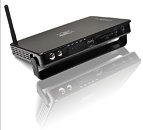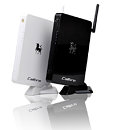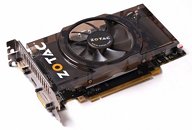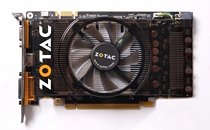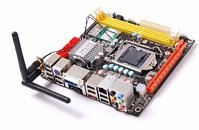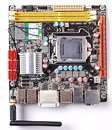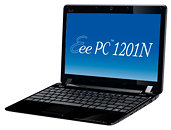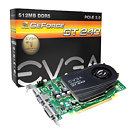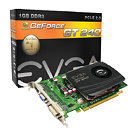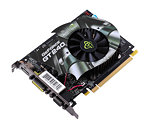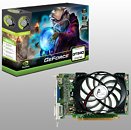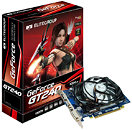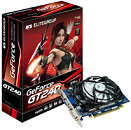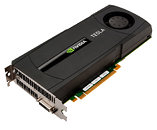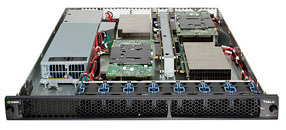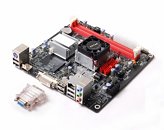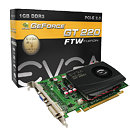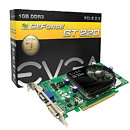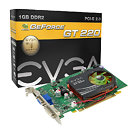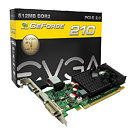
GeForce GTX 480 has 480 CUDA Cores?
In several of its communications about Fermi as a GPGPU product (Next-Gen Tesla series) and GF100 GPU, NVIDIA mentioned the GF100 GPU to have 512 physical CUDA cores (shader units) on die. In the run up to the launch of GeForce 400 series however, it appears as if GeForce GTX 480, the higher-end part in the series will have only 480 of its 512 physical CUDA cores enabled, sources at Add-in Card manufacturers confirmed to Bright Side of News. This means that 15 out of 16 SMs will be enabled. It has a 384-bit GDDR5 memory interface holding 1536 MB of memory.
This could be seen as a move to keep the chip's TDP down and help with yields. It's unclear if this is a late change, because if it is, benchmark scores of the product could be different when it's finally reviewed upon launch. The publication believes that while the GeForce GTX 480 targets a price point around $449-499, while the GeForce GTX 470 is expected to be priced $299-$349. The GeForce GTX 470 has 448 CUDA cores and a 320-bit GDDR5 memory interface holding 1280 MB of memory. In another report by Donanim Haber, the TDP of the GeForce GTX 480 is expected to be 298W, with GeForce GTX 470 at 225W. NVIDIA will unveil the two on the 26th of March.
This could be seen as a move to keep the chip's TDP down and help with yields. It's unclear if this is a late change, because if it is, benchmark scores of the product could be different when it's finally reviewed upon launch. The publication believes that while the GeForce GTX 480 targets a price point around $449-499, while the GeForce GTX 470 is expected to be priced $299-$349. The GeForce GTX 470 has 448 CUDA cores and a 320-bit GDDR5 memory interface holding 1280 MB of memory. In another report by Donanim Haber, the TDP of the GeForce GTX 480 is expected to be 298W, with GeForce GTX 470 at 225W. NVIDIA will unveil the two on the 26th of March.
